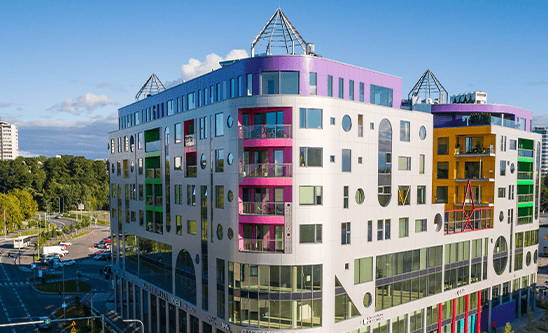For some reason, people often don’t pay attention to what doesn’t hurt. Crooked teeth and bite misalignment often cause no discomfort but only affect appearance. Few people think about the consequences that can arise from an untreated bite problem.
First of all, crowded teeth make oral hygiene difficult. Plaque accumulates in hard-to-reach areas, leading to cavities and their complications, such as pulpitis or periodontitis. Professional cleaning can help in such cases, but it only removes the consequences of plaque buildup and does not address the root cause.
With improper jaw alignment, the following may occur:
- Mouth breathing, which leads to dry mucous membranes; saliva does not wash the teeth, making them vulnerable to bacteria and prone to decay;
- Difficulty chewing food, which can negatively affect the functioning of the gastrointestinal tract;
- Headaches caused by uneven distribution of stress on the structures of the stomatognathic system: muscles, ligaments, and nerves;
- Tooth wear, which also occurs due to improper stress on certain areas of the teeth;
- Localized or generalized periodontitis, again due to excessive pressure on teeth.
How to check for bite problems and prevent them?
Ideally, parents should take their child to an orthodontist when the first tooth erupts, usually around 6–8 months, although teeth may appear later, up to one year, which is considered normal. The doctor knows all the necessary methods to check for bite problems in children.
Some simple rules can also help prevent bite issues in children:
- Plan the pregnancy and follow medical recommendations.
- Breastfeeding is preferred for proper bite development, avoiding pacifiers and bottles.
- Introduce solid foods appropriately: don’t puree food for the child until age 3; include foods that need chewing, as chewing stimulates jaw and tooth development.
- Prevent ear, throat, and nose diseases.
- If necessary – perform myofunctional exercises and work with a speech therapist.
- Address harmful habits: thumb-sucking, lip-biting, etc.
- Regular preventive dental check-ups.
What to do if a bite problem has already developed?
Of course, correct it! There are many treatment options: plates, palatal devices, braces, or aligners. The choice depends on age and the specific dental issue. Treatment duration and cost are also very individual.
Correcting bite problems in adults is more difficult than in children, so don’t delay visiting a dentist. Adults have fully developed bones with no growth points, so correcting the bite requires much more effort.
Even if time has been missed, remember – there is always a solution!


